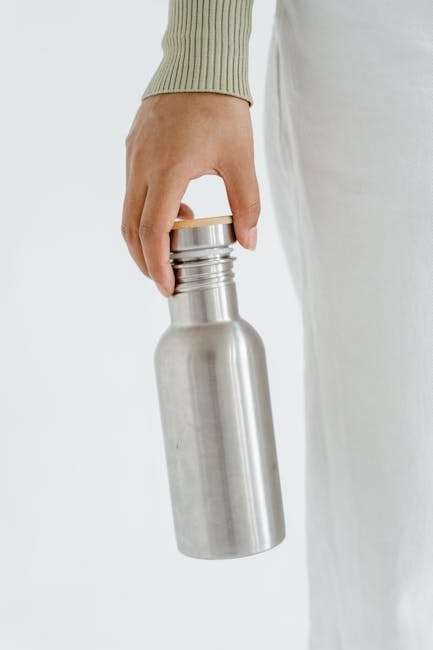The Environmental Impact of Shuttle Flash Badminton and Sustainable Practices
Badminton is a sport beloved by many for its fast-paced action and accessibility. However, like many other sports, it has its environmental impacts. This post explores the environmental impact of shuttle flash badminton and proposes sustainable practices to mitigate these effects. 🏸🌍
Table of Contents
1. Introduction to Shuttle Flash Badminton
2. The Environmental Impact of Badminton
3. Sustainable Practices in Shuttle Manufacturing
4. Eco-Friendly Badminton Equipment
5. Conclusion
6. FAQ
Introduction to Shuttle Flash Badminton
Shuttle flash badminton, with its quick reflexes and dynamic play, is an exhilarating version of the traditional game. It enhances the speed and excitement of the sport, attracting players worldwide. However, as the sport grows in popularity, so does its environmental footprint. Let’s delve into what this means for our planet and how we can play responsibly. 🌿
The Environmental Impact of Badminton
Despite its simplicity, badminton’s environmental impact is significant. The production of shuttlecocks, rackets, and other equipment involves processes that contribute to pollution and deforestation. Here’s a closer look:
Shuttlecock Manufacturing
The traditional shuttlecock, often made from feathers, typically comes from geese or ducks. The large-scale farming and processing of these birds can lead to habitat destruction and increased carbon emissions. Furthermore, synthetic shuttles, while vegan, rely on plastics derived from fossil fuels, contributing to pollution and waste. 🦢🚜
Racket and Equipment Production
Rackets are usually made from materials like carbon fiber, graphite, and metals, which require energy-intensive production processes. The extraction and manufacturing phases emit greenhouse gases and often involve non-renewable resources. Additionally, the packaging of these products often involves single-use plastics. 🎾🔧
Sustainable Practices in Shuttle Manufacturing
Fortunately, many companies and manufacturers are adopting more sustainable practices to lessen their environmental impact. Here’s how:
Biodegradable Materials
Some manufacturers are now using biodegradable materials for shuttlecocks, such as cork and recycled feathers. These materials decompose more quickly, reducing waste in landfills. 🌱
Eco-Friendly Production Processes
Implementing energy-efficient machinery and reducing water usage are steps being taken to create a greener production process. Companies are exploring renewable energy sources to power their factories, cutting down on emissions. 🔋🌞
Eco-Friendly Badminton Equipment
Adopting sustainable practices doesn’t stop at manufacturing. Players can also make environmentally conscious decisions:
Choosing Sustainable Brands
Several brands are now committed to producing eco-friendly badminton equipment. By supporting these companies, players can promote sustainable practices within the industry. Look for certifications and eco-labels when purchasing new gear. 🏷️
Recycling and Upcycling
Players can extend the life of their equipment by recycling or upcycling old rackets and shuttlecocks. Some companies offer recycling programs where old equipment can be returned for proper disposal or repurposing. ♻️
Mindful Consumption
Opt for quality over quantity. Investing in high-quality equipment that lasts longer reduces the frequency of purchases, thereby minimizing waste. Regular maintenance of your gear can also extend its lifespan. 🛠️
Conclusion
Badminton, like any other sport, has its environmental challenges, but with conscious efforts, we can enjoy this game sustainably. By adopting eco-friendly practices and supporting green initiatives, we contribute to a healthier planet. So, the next time you step onto the court, remember to play your part for the Earth. 🌍
FAQ
Q1: Are there any brands that specialize in eco-friendly badminton equipment?
A: Yes, several brands are focusing on creating sustainable badminton gear. Look for companies that use eco-friendly materials and have recycling programs.
Q2: How can I dispose of my old badminton equipment responsibly?
A: Consider recycling or donating your old gear. Some manufacturers offer take-back programs where you can return used equipment for recycling.
Q3: What are some alternatives to feather shuttlecocks?
A: Many companies now offer synthetic shuttlecocks made from biodegradable materials or recycled plastics, which are more environmentally friendly.
